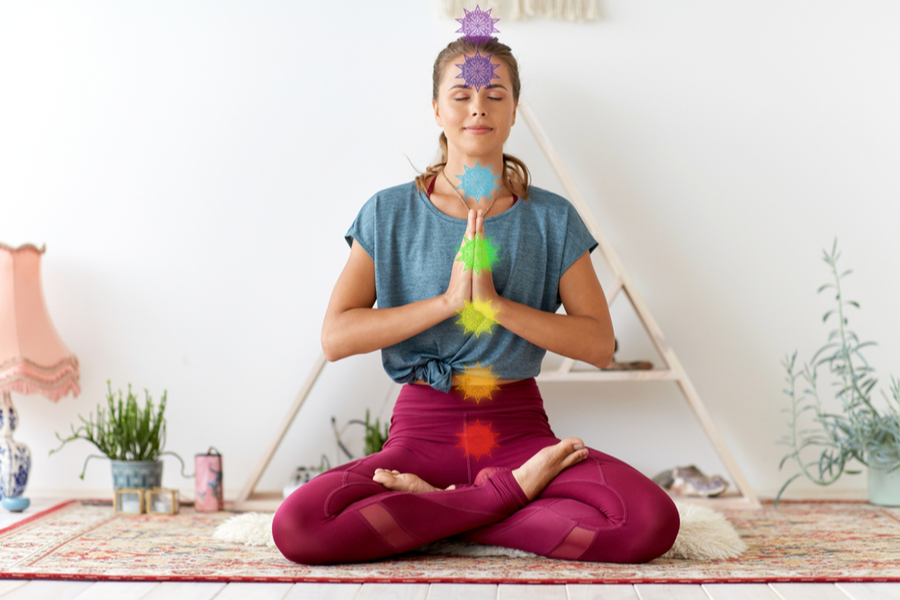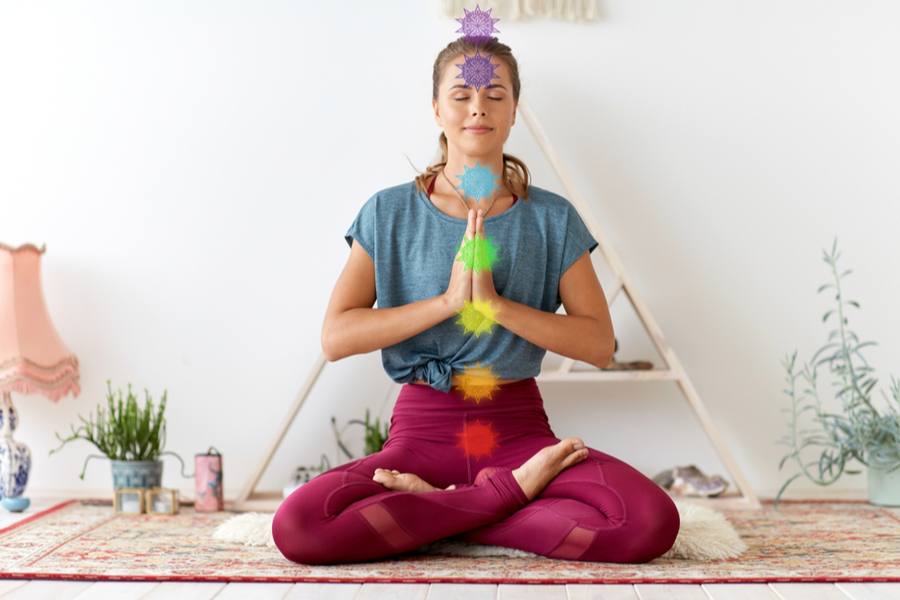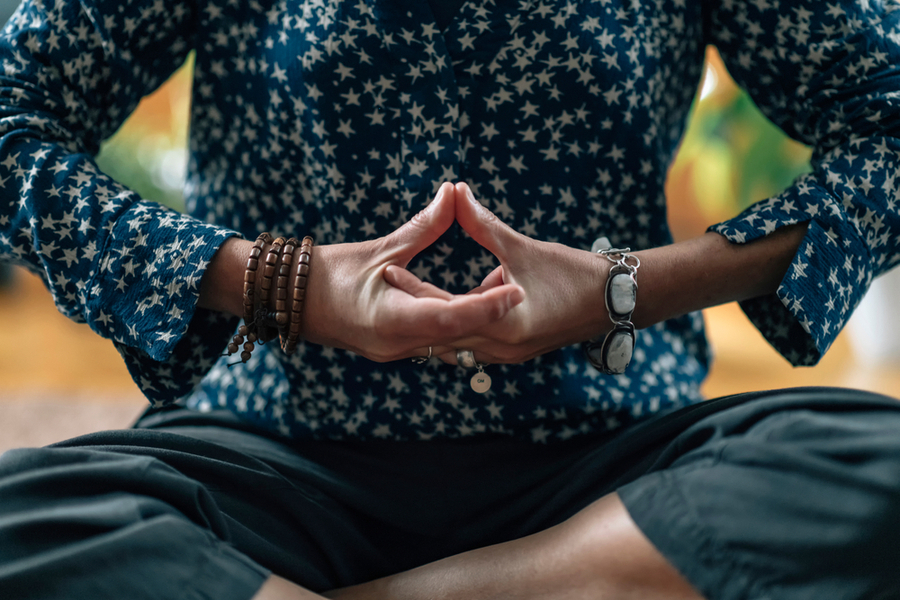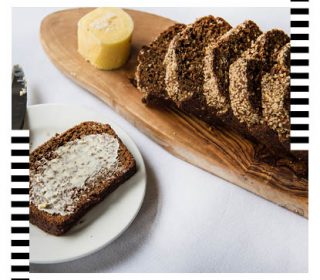The beginner’s guide to chakras and their meanings

Chakras have been used to find balance for centuries but here are seven you can use to navigate modern-day life.
It’s believed our prana (a.k.a life force, energy and consciousness) moves around the body in a complex network of channels called nadis. When these channels cross one another they create chakras which are areas of the body where feelings, experiences and memories are stored.
If our nadis is functioning correctly, we feel happy and healthy. But, if they’re moving too quickly or slowly, they can create spiritual, emotional and physical issues like anxiety, sleep issues and addictions.
We can manage these natural energy cycles through yoga, meditation, affirmation, and prayer. So here are the basics on the chakras you need to be tuning into today.
1. Muladhara (Root Chakra)
What? Physical – your connection to the earth
Where? Base of the spine
Colour? Red
If balanced? Centred, grounded, and peaceful – feeling safe, calm and secure about your life, particularly your home and finances.
If excess/overactive? (Which can be often as our root chakra gets a lot of use) Dissatisfied and anxious – focus on taking energy away from your root chakra through meditation, being kind to others or volunteering, and asana.
If deficient/underactive? Spacey and insecure – reconnect with the earth through asana like Downward Facing Dog (or Urdhva Mukha Svanasana). Try doing this with bare feet.
2. Svadisthana (Sacral Chakra)
What? Emotional – your identity and sense of self
Where? Sacrum, just below the belly button
Colour? Orange
If balanced? Friendly, intuitive, and well – taking pleasure from the creative, inspiring things in life without feeling guilty or enjoying them to excess.
If excess/overactive? Self-serving, overindulgent, and addictive – question whether your decisions and actions are healthy.
If deficient/underactive? Uninspired and lacklustre – do something you find truly enjoyable!
3. Manipura (Solar Plexus Chakra)
What? Ego – your source of confidence and intuition
Where? Solar plexus – between the belly button and the sternum or where the ribs join at heart centre
Colour? Yellow
If balanced? Outgoing and self-accepting – you’ll feel a sense of wisdom and know what’s right.
If excess/overactive? Judgemental and lacking compassion – show love for those around you and make this the focus of your meditations.
If deficient/underactive? Indecisive and lacking confidence – focus on what you like about yourself and things you’re good at. If you’re struggling, try some positive affirmations (or read a self-love book).
4. Anahata (Heart Chakra)
What? Social – your centre of love and compassion
Where? Heart
Colour? Green
If balanced? Compassionate, kind and altruistic – you’ll feel generous and care for health and wellbeing of yourself and others.
If excess/overactive? Overly critical or overly giving – focus on self-love through meditations and affirmations
If deficient/underactive? Emotionally closed off – try breaking down the walls byfocusing on loving yourself before loving others.
5. Vishuddha (Throat Chakra)
What? Creative – your voice and ability to speak the truth
Where? Throat
Colour? Blue
If balanced? Centred, creative, and living presently – you’ll know the right words to enlighten and inspire.
If excess/overactive? Self-righteous, loud , and regularly interrupting – think more before you speak and allow others space to express themselves.
If deficient/underactive? Timid, shy, and quiet – speak up! If it’s a struggle in front of others, then speak to yourself first through affirmations.
6. Anja (Third Eye Chakra)
What? Archetypal – your receiver of information from beyond the material world
Where? The third eye – between your brows
Colour? Indigo
If balanced? Charismatic, intuitive – in tune with both the spiritual and material world.
If excess/overactive? Manipulative, authoritarian, and too interested in psychic activities — remind yourself that you’re human by connecting to the earth, through asana like Child’s Pose (or Balasana).
If deficient/underactive? Non-assertive, disconnected, and lacking concentration – connect with the Anja energy through deep, focused meditation.
7. Sahasrara (Crown Chakra)
What? Universal – centre of conscious energy and ‘oneness’
Where? Crown of the head
Colour? Violet
If balanced? Connected but not overly attached – finding balance is the spiritual goal and it will align your others.
If excess/overactive? Frustrated and self-important – practice empathy for others and be aware of your ego.
If deficient/underactive? Cynical, feeling pointless, and no comprehension of a higher power – find stability through meditation and help others selflessly.
Spellings and definitions of chakras slightly differ between practices. But Himalaya Yoga Valley and Anodea Judith’s book Eastern Body, Western Mind are good references for more information on balancing your energies.











